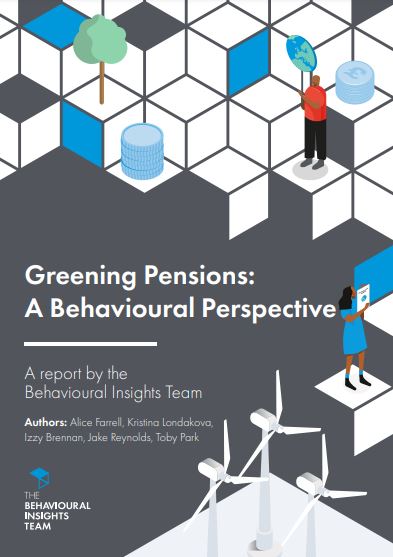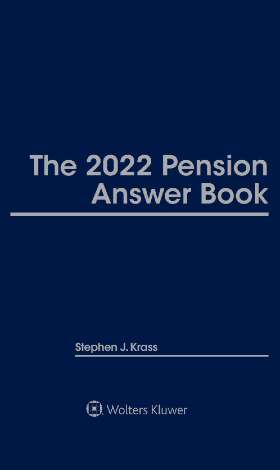Greening Pensions: A Behavioural Perspective
By Alice Farrell, Kristina Londakova, Izzy Brennan, Jake Reynolds & Toby Park Through their pensions, the vast majority of people in the UK are investors, with pension pots collectively amounting to over £2.6 trillion.1 Investing a greater portion of this money sustainably - i.e. in businesses who have positive or neutral impacts on the environment and green technologies – could significantly accelerate our transition to a low-carbon society. While 68% of people say they would like their investments to be responsible...










